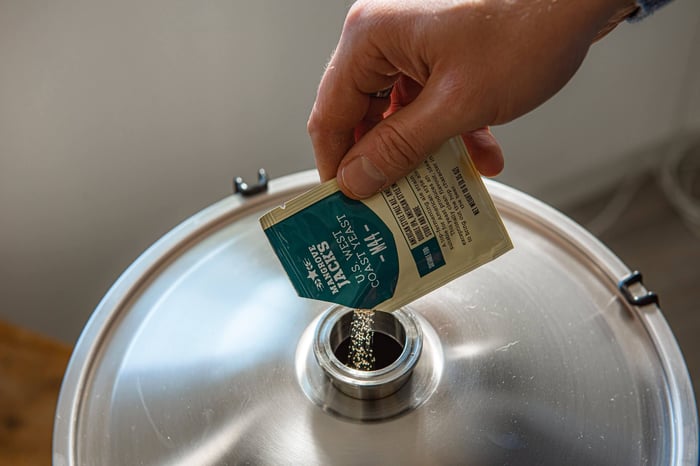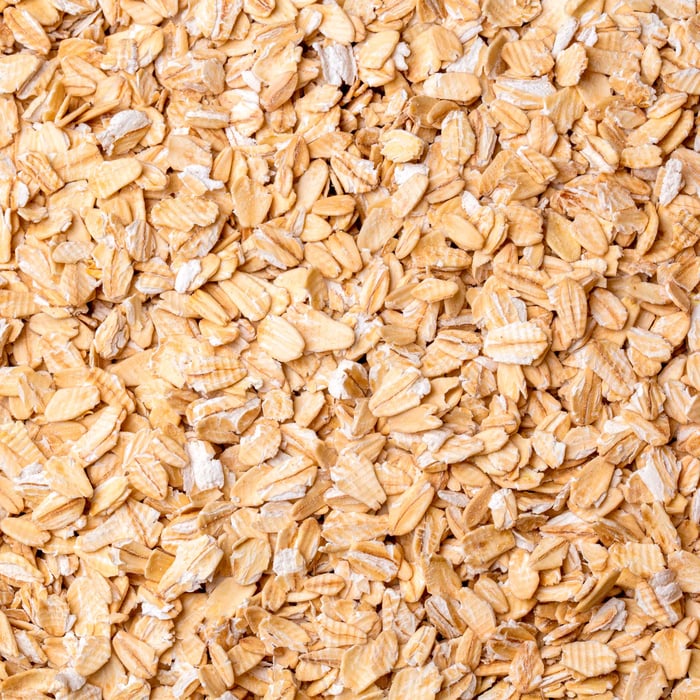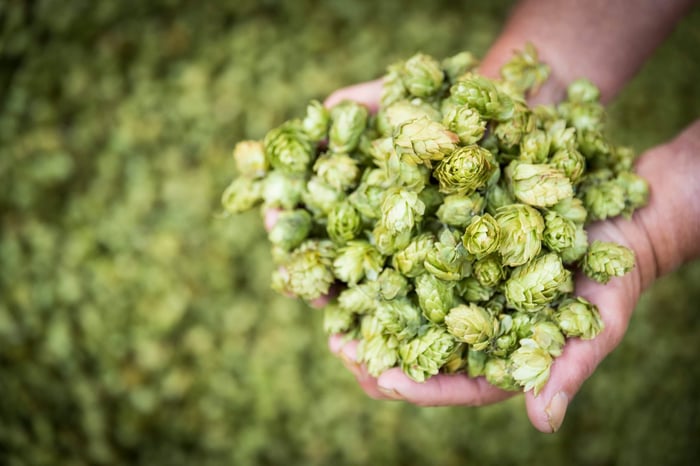Fermentation is where the magic happens – that incredible transformation where your carefully crafted wort becomes proper beer. Whether you're brewing through Melbourne's four-seasons-in-one-day weather or Darwin's tropical heat, understanding fermentation is essential for creating consistently excellent beer at home.
Demystifying the Fermentation Process
Think of fermentation as your microscopic workforce converting wort sugars into alcohol and CO2. These tiny champions begin their work the moment yeast hits your cooled wort, transforming simple ingredients into the complex flavours that define great beer.
The beauty lies in the process itself – ancient, reliable, and endlessly fascinating to observe.
The Reality About Fermentation Timing
Here's a truth many beginning brewers find frustrating: you cannot dictate fermentation speed. Your yeast operates on their own schedule, influenced by factors largely beyond your direct control.
What you can control is creating optimal conditions for healthy, efficient fermentation that produces clean flavours and reliable results.
Temperature Management: Critical for Australian Brewers
Australia's extreme climate variations make temperature control absolutely essential. From Queensland's humid summers to Tasmania's cool winters, every region presents unique fermentation challenges requiring different approaches.
Australian brewing wisdom: Always target the lower portion of your yeast's recommended temperature range. For a strain rated 18-22°C, maintain around 19-20°C. This conservative approach prevents temperature spikes that plague Australian brewers during warmer months.
Regional Climate Considerations
Northern regions (Queensland, Northern Territory, Northern WA):
- Invest in reliable cooling systems
- Consider heat-tolerant yeast strains like Kveik
- Plan brewing during cooler periods
- Monitor diurnal temperature variations
Temperate zones (Sydney, Melbourne, Adelaide):
- Seasonal brewing strategies work well
- Summer requires active cooling
- Winter offers natural lager conditions
- Spring and autumn provide ideal conditions
Southern regions (Tasmania, Southern Victoria):
- Extended cool periods suit lager production
- Less cooling equipment required
- Natural cold conditioning opportunities
- Consistent temperature control easier to achieve
Temperature Effects on Beer Quality
Excessive temperatures commonly cause:
- Aggressive ester production
- Fusel alcohol development
- Premature yeast dropout
- Poor attenuation levels
Insufficient temperatures typically result in:
- Incomplete fermentation
- Extended timelines
- Poor yeast viability
- Flavour development issues
Heat-resistant solution: Kveik strains revolutionise warm-climate brewing. These Norwegian farmhouse yeasts perform exceptionally at temperatures exceeding 30°C without generating off-flavours – absolutely perfect for Australia's challenging summer conditions.
Accurate Progress Monitoring
Airlock activity makes for entertaining viewing, but it's unreliable for measuring fermentation progress. CO2 escapes through countless tiny gaps you cannot see, creating false impressions about fermentation status.
Professional monitoring methods:
- Hydrometer measurements for specific gravity
- Refractometer readings with appropriate corrections
- Digital monitoring systems for continuous tracking
- Multiple readings over several days for confirmation
Australian insight: Temperature fluctuations affect gravity readings. Always measure at consistent temperatures or apply temperature corrections for accurate results.
Post-Primary Conditioning Strategy
Completing primary fermentation is only the beginning. Proper conditioning develops beer character, improves stability, and enhances overall quality through several mechanisms:
Conditioning benefits include:
- Natural clarification through yeast settling
- Flavour integration and maturation
- Reduction of harsh fermentation compounds
- Improved beer stability and shelf life
Climate-specific advice: Australia's temperature variations can actually benefit conditioning. Gradual temperature reduction encourages yeast flocculation whilst maintaining healthy metabolic activity for flavour cleanup.
Modern Approach to Secondary Fermentation
Traditional brewing texts advocated transferring beer to secondary vessels post-primary fermentation. Contemporary research demonstrates this practice often introduces more risks than benefits:
Potential complications:
- Oxidation from unnecessary air exposure
- Contamination during transfer procedures
- Equipment sanitisation complications
- Flavour deterioration risks
Current best practice: Reserve secondary fermentation for situations requiring additional fermentation activity – [LINK: bottle conditioning], [LINK: barrel aging], or [LINK: fruit fermentation] projects.
Fermentation Phase Analysis
Understanding what occurs during each fermentation stage helps brewers anticipate problems and optimise results:
Adaptation Phase: Getting Started (0-15 hours)
Yeast cells acclimatise to wort conditions, absorbing essential nutrients including oxygen, minerals, and amino acids. Cell walls strengthen, enzyme systems activate, and metabolic pathways prepare for sugar processing. Minimal visible activity occurs during this crucial preparation period.
Exponential Phase: Maximum Activity (4 hours – 4 days)
Rapid cell division creates exponential population growth whilst primary sugar metabolism begins earnestly. The distinctive krausen forms from proteins, lipids, and hop compounds. Vigorous CO2 evolution creates dramatic airlock activity and gentle wort circulation from metabolic heat production. Critical flavour and aroma compounds develop during this intensive period.
Stationary Phase: Finishing Work (3-10 days)
Simple sugar availability decreases, triggering yeast metabolism changes. Cells begin processing complex compounds whilst absorbing potential off-flavours including diacetyl, acetaldehyde, and various sulphur compounds. Krausen composition changes, incorporating precipitated materials and oxidised hop components. Secondary metabolite production influences final beer character.
Decline Phase: Final Maturation (several weeks)
Nutrient depletion triggers widespread cell dormancy and flocculation. Suspended yeast settles gradually whilst remaining active cells continue subtle flavour modifications. Beer clarity improves naturally as particulate matter precipitates. Extended conditioning at this stage develops complexity and balance.
Australian-Specific Troubleshooting
Managing temperature spikes during heatwaves:Use thermal mass (water bottles, wet towels) around fermenters. Consider relocating to cooler areas temporarily. Monitor yeast health indicators closely.
Dealing with humidity effects:High humidity affects airlock water levels and equipment condensation. Regular monitoring prevents contamination risks. Consider humidity control in fermentation spaces.
Seasonal planning strategies:Align beer styles with natural climate patterns. Brew lagers during cooler months, robust ales during stable periods, and consider brewing breaks during extreme weather.
Advancing Your Fermentation Skills
Mastery develops through careful observation and systematic record-keeping. Document temperature profiles, timeline variations, and flavour outcomes for each batch. This data becomes invaluable for predicting and controlling future fermentations.
Advanced techniques worth exploring:
- Multi-stage temperature profiles for complex flavour development
- Yeast blending for unique character combinations
- Controlled oxidation for specific style requirements
- Indigenous fermentation using local microflora (advanced brewers only)
Completing Your Brewing Knowledge
Fermentation mastery opens doors to advanced brewing techniques and consistent quality improvements. Once you've mastered these fundamentals, explore our detailed guides covering [LINK: packaging methods] and [LINK: quality control procedures] to round out your brewing expertise.
Remember that every fermentation teaches valuable lessons about yeast behaviour, environmental influences, and flavour development. Embrace the learning process whilst building your skills systematically.
Questions about your current brew or planning future projects? We're passionate brewers who understand Australia's unique challenges firsthand. Contact us at info@grainfather.com – we love sharing knowledge with fellow brewers tackling fermentation in our diverse climate.
Grainfather Team










